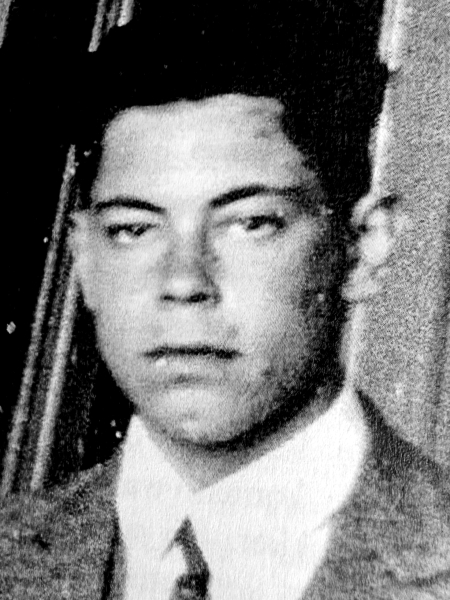Keeman, Willem
- Date of birth:
- July 19th, 1907 (Tjepoe/Midden-Java, Indonesia (former Dutch East-Indies))
- Date of death:
- September 1st, 1994 (Woerden/Zuid-Holland, the Netherlands)
- Nationality:
- Dutch
Biography
Before the war, Willem Keeman was deputy director of Radio Netherlands. During mobilisation, he was called up and assigned to the Engineers as a lieutenant. At that time, telephone traffic with the Dutch East Indies took place not only via Radio Kootwijk, but also via shortwave from Huizen, where the transmission masts and installations of De PHOHI (Philips' Omroep Holland Indië) were located. Due to international tensions, the government already had a plan in place to blow up the masts and installations in the event of an invasion, so that they would not fall into enemy hands. On 14 May 1940, Willem Keeman, in his capacity as military commander on site, gave the order to do so. This was partially successful, but total destruction was not achieved.
After the Dutch capitulation, Keeman quickly became active in the resistance. He was now employed by Philips and became involved in the construction of an illegal emergency transmitter that could be used by the government to broadcast in the event that the transmission masts in Lopik were destroyed in the event of a German defeat. He was also active as Chief Radio Officer of the Ordedienst in Eindhoven and later throughout the Netherlands. In that role, he regularly consulted with his colleagues at other Ordediensten throughout the country.
On 6 March 1944, he was arrested in Zaandam after several people from his circle had already been arrested in the days before. After his arrest, Willem Keeman was sent to Camp Vught and later deported from there to KZ Sachsenhausen. He survived the war and in 1947 married the widow of his resistance colleague Henk op den Velde, who had died in Gross-Rosen.
Do you have more information about this person? Inform us!
- Period:
- Second World War (1939-1945)



